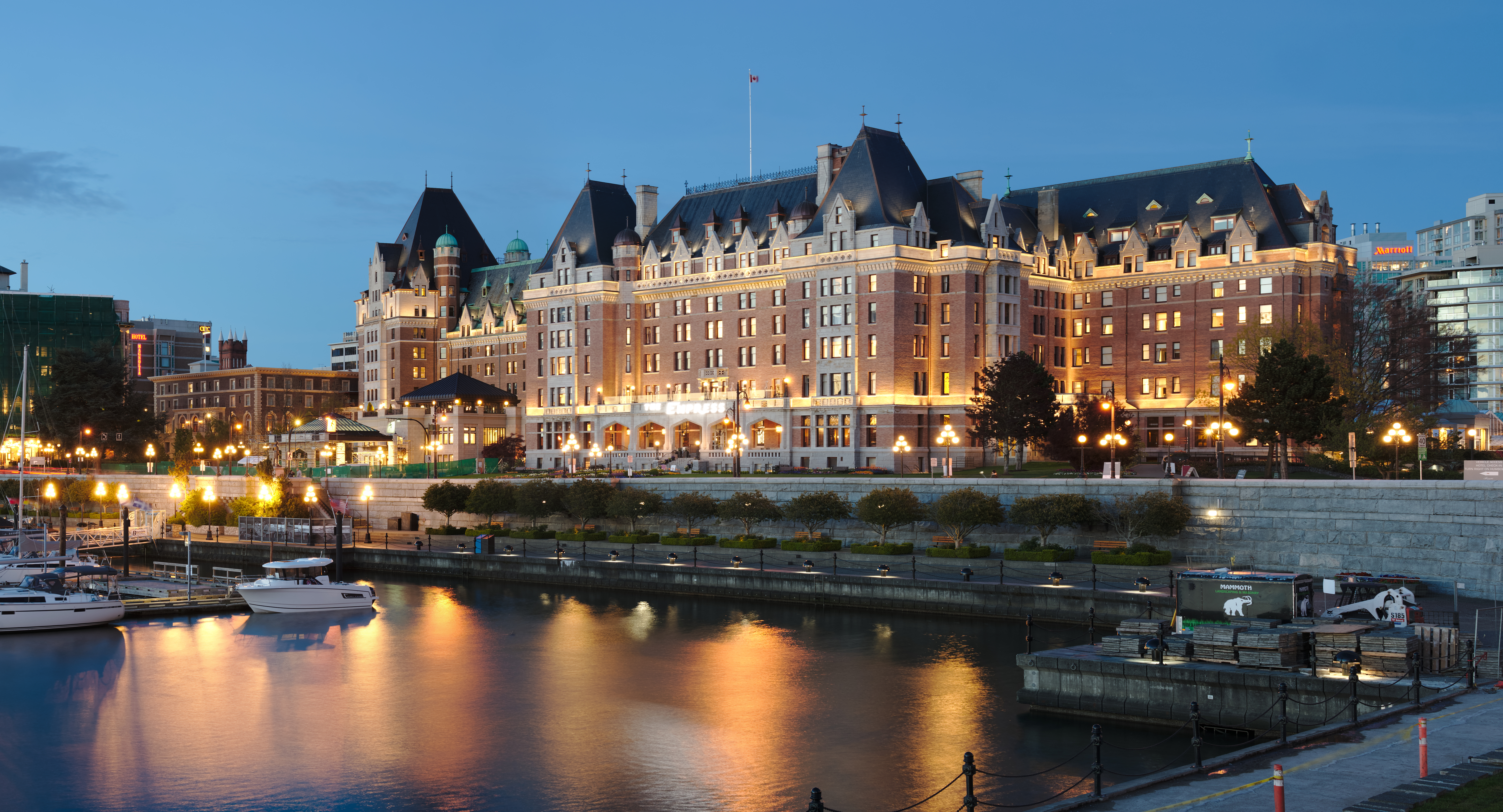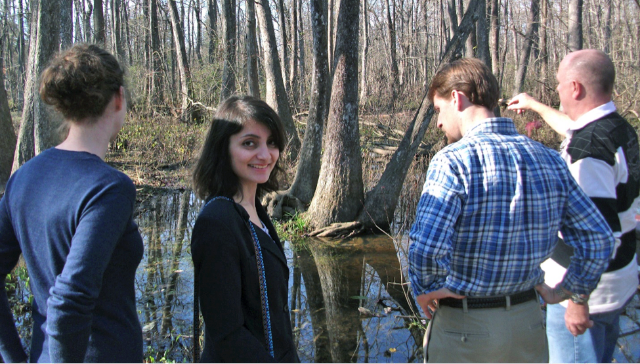Given that it rains in Vancouver like 80% of the time (it is three times rainier than London), it is essential to have a few indoor options to have some fun. One of our favorite spots is Science World where we have been to atleast once every year. Science World is ticketed, but is free for new residents and citizens, and also free on Family Day which falls on the third Monday of February.
Science World is a fairly iconic building, visible all through downtown and the end of False Creek. The dome shaped building was originally built as an Expo Centre for the Expo 86 world's fair. After this, the building was repurposed as a science centre.
I definitely think this is a place to visit WITH kids and its one which kids really do enjoy. Perfect ages are 3+ but even 2 year olds can enjoy it. There are usually one or two temporary exhibitions but the permanent exhibitions are always a lot of fun. These permanent exhibitions are usually on the second floor and include BodyWorks, which has a lot of information on our living body and Eureka! which is always flooded with children. This exhibit has a interactive stations such as dancing to make drumming sounds, floating balls down the water table, and pulleys. You can spend a lot of time here in this specific exhibit as everything is hands-on.
The walls are all lined up with some cool illusions!
Perhaps what makes this place particularly child-friendly is that there is a kids play area known as Wonder Gallery. Because of that, I guarantee you your kids won't be bored and you will likely spend upwards of three hours here. If you do have young ones, you can easily spend a full day here. They have a nice burger place inside, and the entire place is stroller friendly and designed to be for children! Plus, when we visited, they also had a temporary exhibition focused on deep sea exploration!

























































